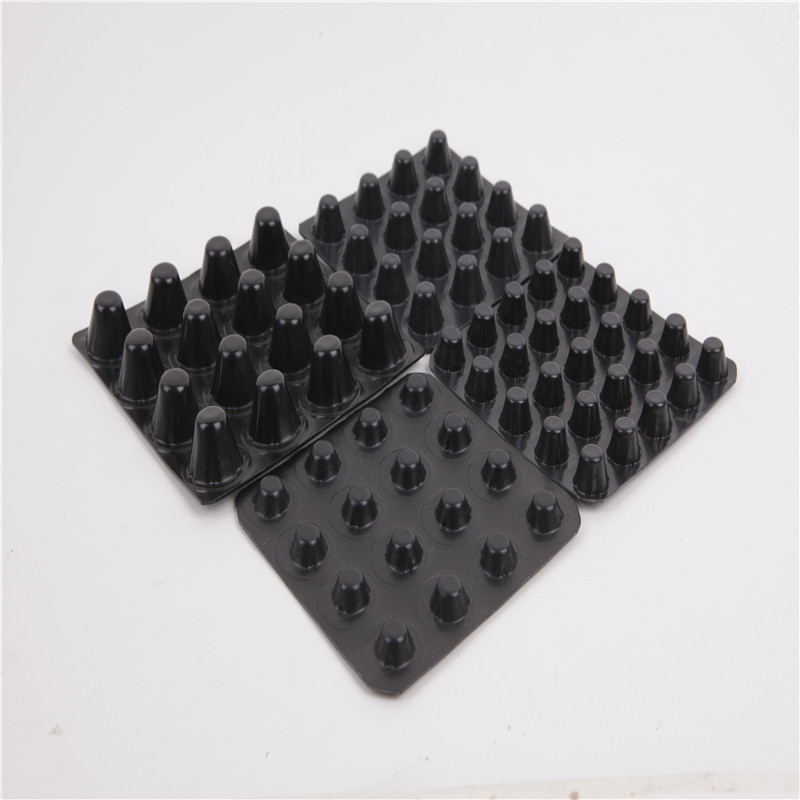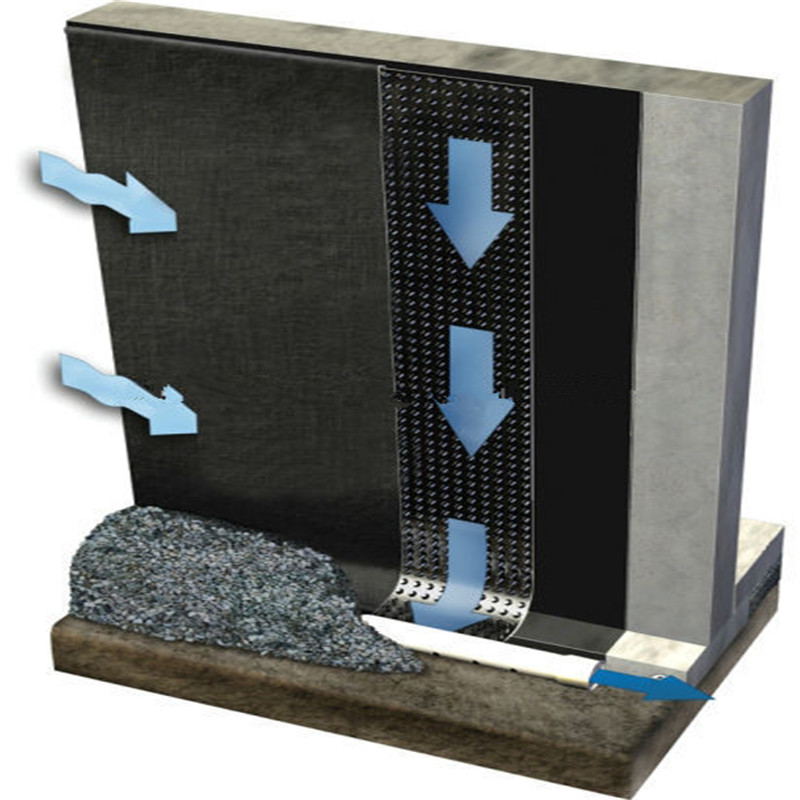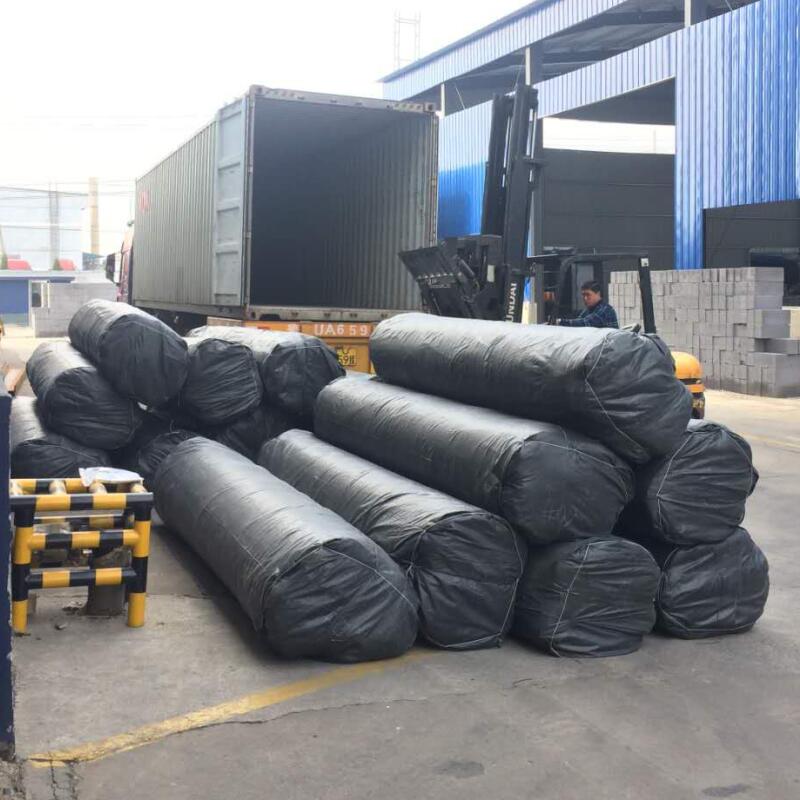Flanges on pipes are generally only used to connect flanged valves, instruments and equipment. In addition to the places that need to be dismantled for maintenance, the flange connection should be minimized. Excessive use of the flange will increase the possibility of leakage and reduce the flexibility of the pipe.
What are the technical requirements for flange connections?
1. Flanges on pipes are generally only used to connect flanged valves, instruments and equipment. In addition to the places that need to be dismantled for maintenance, the flange connection should be minimized. Excessive use of the flange will increase the possibility of leakage and reduce the flexibility of the pipe.
2. The end face of the flange is perpendicular to the center line of the pipe, and its non-perpendicularity can be checked by a flange bend or a square.
3. The flanges shall be kept parallel when connected, and the deviation shall not be greater than 1.5% of the outer diameter of the flange and not more than 2 mm. Do not use strong bolts to eliminate deflection.
4. The flange connection should be kept on the same axis, and the deviation of the screw hole generally does not exceed 5% of the hole diameter, and the bolt is allowed to penetrate freely.
5. The sealing surface of the flange must be smooth and smooth, and there must be no defects such as grooves and blisters in the radial direction.
6. Flange gaskets should conform to standards and do not allow the use of diagonal gaskets or double gaskets. When using a soft gasket, the perimeter should be neat and the gasket size should match the flange sealing surface. The inner diameter of the gasket shall not be less than the inner diameter of the pipe, and the outer diameter shall generally not be larger than the diameter of the circle in the flange of the flange. When large-diameter gaskets need to be spliced, they should be in the form of oblique joints or labyrinths.
7. When the gasket is installed, it can be coated with molybdenum disulfide grease, graphite engine oil or graphite powder as needed to facilitate the sealing of the flange and the replacement of the gasket.
8. The mild steel and copper metal gaskets should be annealed before installation.
9. Flange connections should be selected according to the nature of the media, temperature and pressure. Do not use low pressure flanges on high pressure or high pressure flanges on low pressure. The former is prone to accidents in production, and the latter causes waste. Flanges of different specifications and different materials cannot be used in teams.
10. The bolts when flange connection should be selected according to the specified materials and specifications. The low pressure should not be used on the high pressure. The normal temperature should be used at high temperature. The specifications should be the same and the installation direction should be the same. The bolts connecting the valves should be placed on the side of the valve body. . The fastening bolts should be symmetrical and evenly elastic. After tightening, the exposed length should not exceed 2 times the pitch. Generally, the diameter of the bolt is 2 to 3 mm smaller than the flange hole.
11. After the bolts are tightened, they should be in close contact with the flange and there should be no wedge joints. No more than one should be added when adding a washer.
12. The flange is not allowed to be buried directly. An inspection well shall be provided at the flange connection of the buried pipeline. Flanges are not allowed to be installed in floors, walls and casings. For ease of assembly and disassembly, the distance between the flange and the edge of the bracket or building should not be less than 200mm.
Article source: http://
Http://news.chinawj.com.cn Editor: (Hardware Business Network Information Center) http://news.chinawj.com.cn
HDPE drainage board drain sheet
The plastic HDPE drainage board is a type of green roof systems which are drained by a special molding plastic sheets. Water is retained within dimple on the upper sides of the drainage plates; excess water spills over the edges of the plates and is carried off the roof.
The drainage board are made from HDPE(high-density polyethylene), using high pressure to inject plastic to form hole-lump-shaped shell, with stereo space and support level; in the top of the shell, covering with non-woven as filtering level for water percolation, water storage and water drainage.
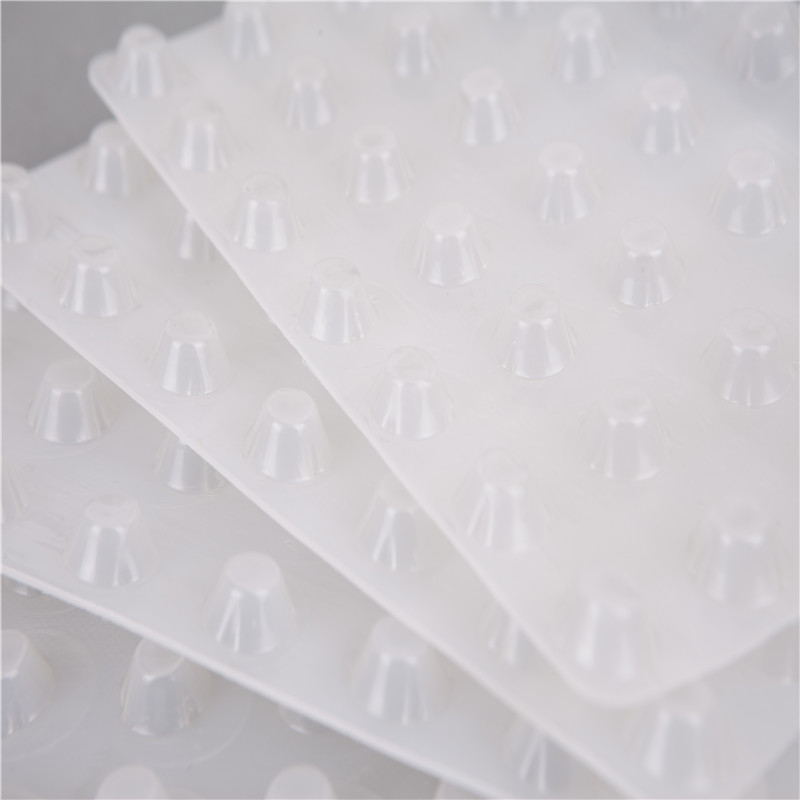
Part one: Description of waterproof drainage board
Drainage materials
1, Tianhai drainage board is produced from HDPE with high impact resistance and pressure resistance, can resist long-term high pressure, and will not generate deformation.
2,The long-term pressure resistance not only can resist weight of concrete bottom plate and its load, but also can bear unavoidable outside pressure and impact force during construction, for example, vehicle, worker stepping, concrete pouring impact force, etc. 3, Drainage protection board integrates waterproof and drainage, solves relation between waterproof and drainage successfully, and is better and more reliable than traditional stone pottery particle drainage and other filter layers both in drainage function and economic benefit.
4,It can keep bottom plate no deformation for long term, so original drainage quantity can be kept. Application of filter layer earthwork fabric on bottom plate is to ensure drainage channel isn`t blocked by foreign object, for example, backfilling particle or concrete.
5,It is widely used in waterproof and drainage of roof garden, outdoor garage top plate

Part Two: The Specification of waterproof drainage board
Sheet material could be HDPE , thickness from 0.6mm to 1.5 mm, dimple height: 6mm,8mm,12mm ,16mm ,20mm, width from 2m to 3m ,composite layer is Non Woven Geotextile , length could be made according to client's request.
|
Number |
Item Name |
|
||||||
|
1 |
Material Type |
HDPE |
HDPE |
HDPE |
HDPE |
HDPE |
HDPE |
HDPE |
|
2 |
HDPE Average Thickness (mm)≥ |
0.50 |
0.70 |
0.80 |
1.00 |
1.20 |
1.50 |
1.8 |
|
3 |
Weight (g/m2)≥ |
650 |
850 |
1000 |
1200 |
1250 |
1350 |
2000 |
|
4 |
Sheet Thickness (mm) |
6mm,8mm,10mm |
6mm,8mm,10mm,12mm,20mm |
|||||
|
5 |
Roll (Width x Length) |
3mX20m |
3mX20m |
3mX20m |
3mX20m |
3mX15m |
3mX15m |
|
|
Number |
Item Name |
|
|
|
|
1.0/12mm |
|
|
|
1 |
Unit Weight g/m2 ≥ |
650 |
700 |
800 |
1000 |
1200 |
1400 |
2000 |
|
2 |
Max Tensile Strength N/10cm ≥ |
350 |
450 |
550 |
600 |
600 |
600 |
/ |
|
3 |
Compressive Load KPa ≥ |
200 |
300 |
300 |
300 |
300 |
300 |
350 |
|
4 |
Elongation at Crack % |
25 |
25 |
30 |
40 |
40 |
40 |
|
|
5 |
Longitudinal Flow Capacity cm3/cm s ≥ |
5.60 |
5.60 |
7.20 |
7.20 |
10.0 |
12.5 |
21.5 |
|
6 |
Puncture Strength N ≥ |
300 |
320 |
350 |
400 |
400 |
400 |
/ |
Part Three: The Application of drainage board
1.Waterproofing and drainage: form a channel, which water and gas can go through
2.Sound insulation and vibration isolation
3.Chemical resistance ,resist to plant' root
4.Easy for construction
5.Long lifetime
Part Four: The Packaging of HDPE Geomembrane
Export package or as customers' requests
Part Five: Certification
ISO9001:2000 International Quality System Certification,
ISO14001:2004 Environment Management System Certification GB/T28001:2001 Vocational Health and Safety System Certification. Besides, our company has successfully passed on-site check on production license, and has gained "National Industrial Product Production License" and water-proof qualification. We have been the member of Chinese Technical Association on Geosynthetics and have been recognized as a "Provincial-level Enterprise Abiding by The Contract, Keeping Promise" for several successive years and so on.
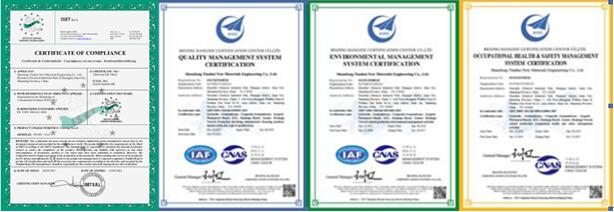
Part Six: Contact

Drainage Sheet,Hdpe Sheets For Aquaculture Pond,Pvc Drainage Sheet,Hdpe Drainage Board Sheet
Shandong Tianhai New Materials Engineering Co., Ltd , https://www.chinatinhy.com
